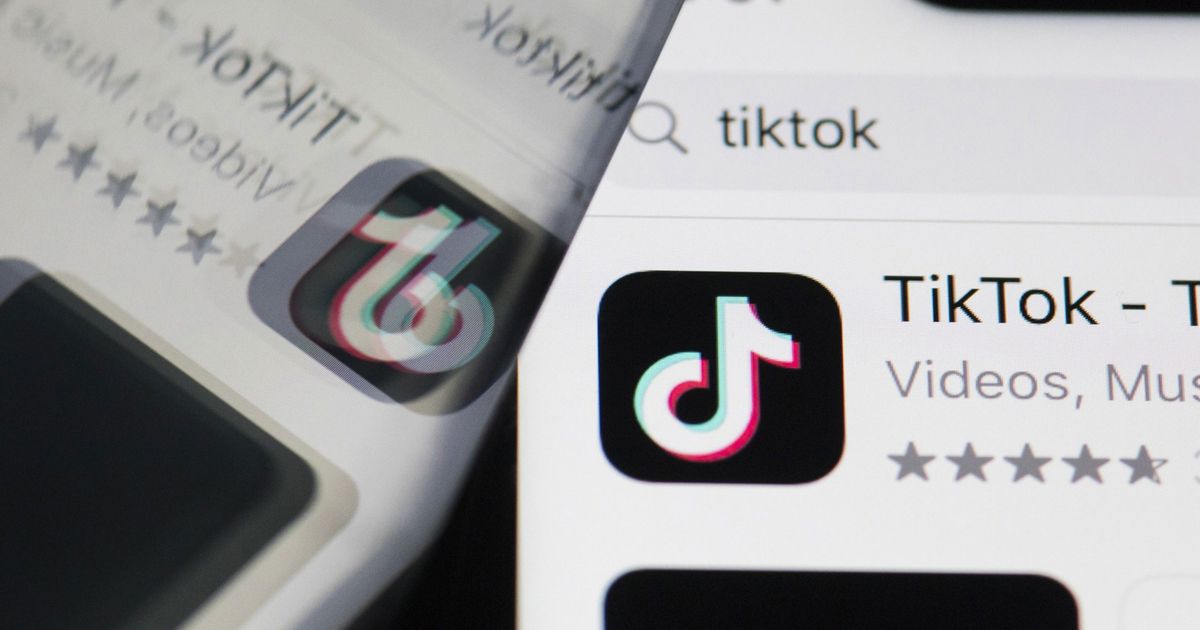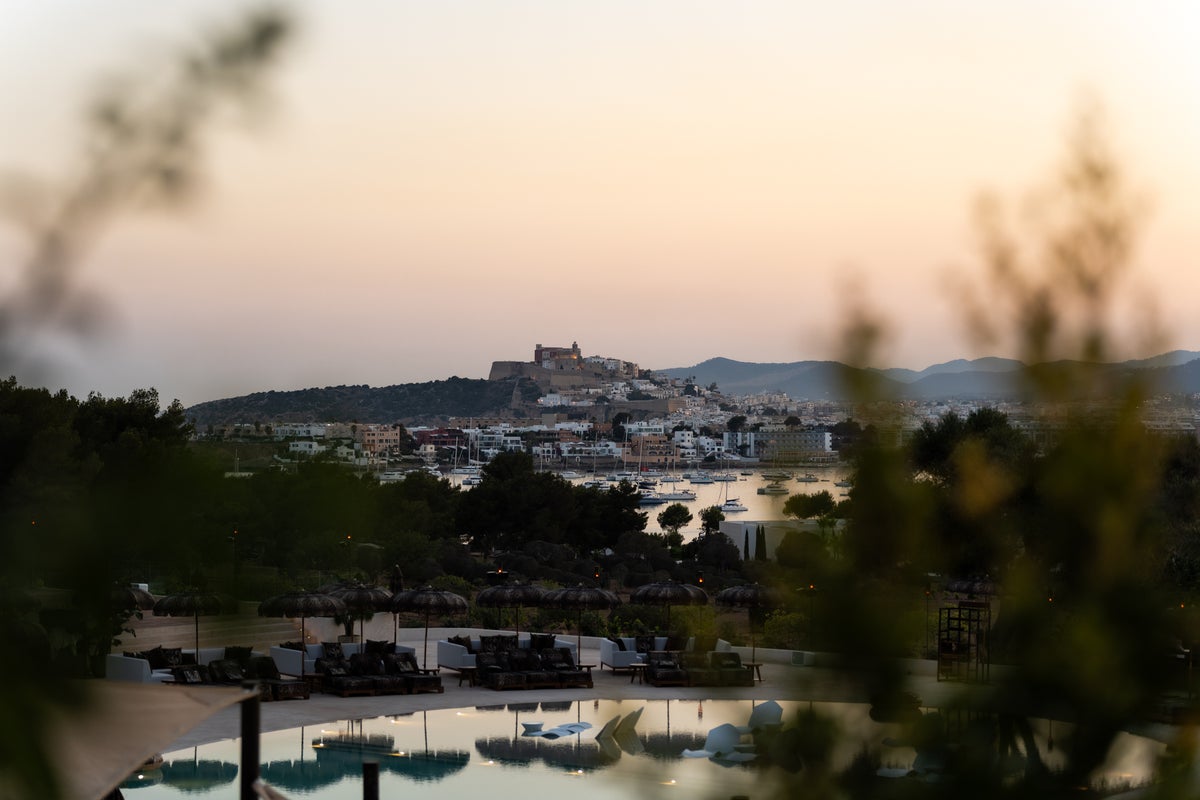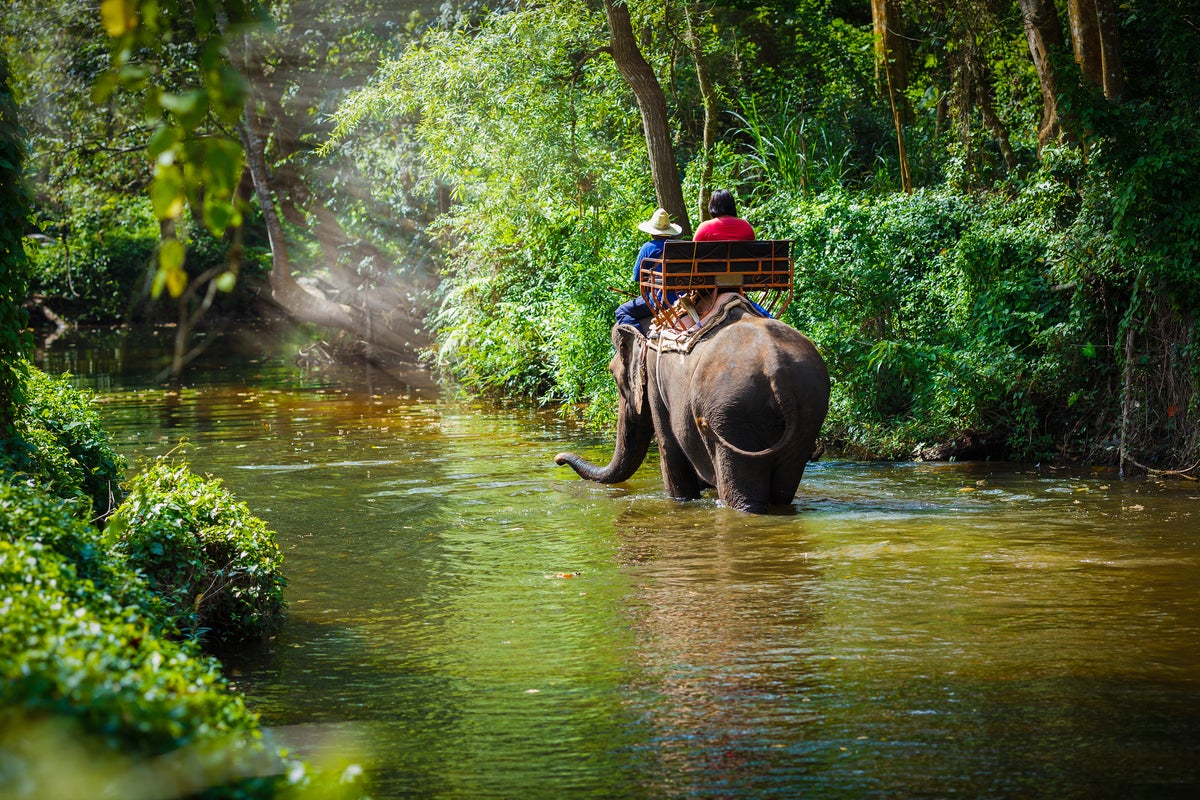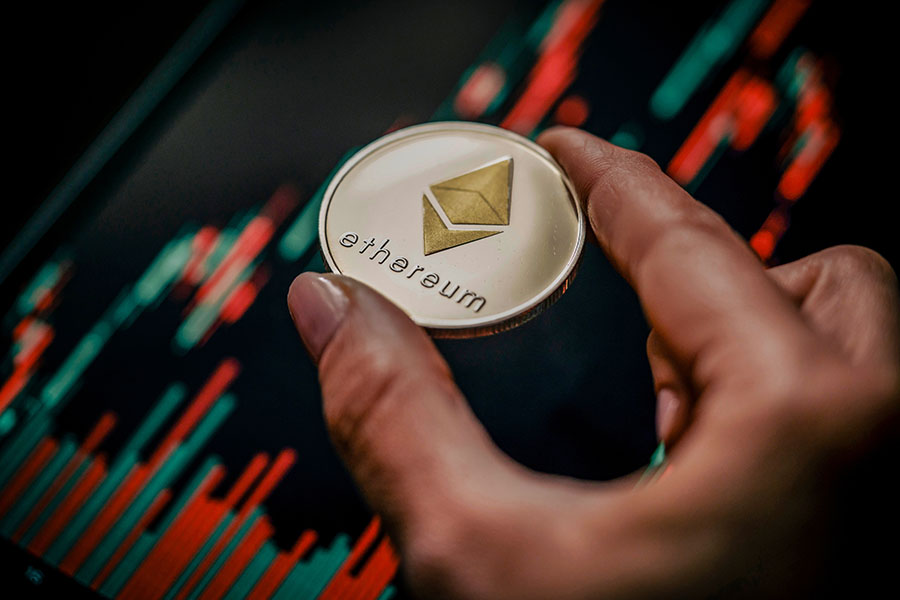AI and fake brand collabs—how ChatGPT, DALL-E and Midjourney are used to create unusual mashups
Creators are obsessed with using AI image generators to design the wildest brand combos.

Brand collaborations have been creating buzz for marketers, who have been eager to fuse one iconic or emerging brand with another to create new products that often sell out within minutes and generate social media hype. Now, generative AI is making corporate team-ups even more fanciful.
There is a vibrant underworld of advertising creatives, branding specialists and artists who are using AI to imagine fake brand collaborations, with design concepts worked up in seconds—a compelling example of how machines could take over marketing’s future, and in ways that are sometimes outside of a brand's control.
Related: A generative AI guide for brands
Real brand collaborations have been increasing in recent weeks: Nike united with Tiffany & Co., Crocs designed a Minecraft shoe, and Pepsi and Peeps are back with their annual Easter “Peepsi” tradition. But creators are coming up with totally unreal mashups, using AI image generators DALL-E and Midjourney to experiment. Arby’s and Balenciaga, Pokémon and Dr. Pepper, British Airways and Burberry, and Hermés and the Grateful Dead, are just some of the fake brand unions that have popped up in creative circles on social media in recent weeks.
Noah Brier, co-founder of the marketing technology firm Variance, runs a side project devoted to AI-generated collabs with a website called BrXnd.ai. Brier’s website has a catalog of about 600 brand names, and visitors can mix and match them through DALL-E, the free version of OpenAI’s image-generating software. OpenAI also is behind ChatGPT, the chat AI that was embedded this month into an experimental version of Microsoft’s Bing search engine. Brier’s site uses ChatGPT to generate marketing copy for all the brand combos people design.
“Collabs have sort of reached such a fever pitch,” Brier said in a recent phone interview. “There are so many of them happening all the time, and some of them seem so ridiculous, that these two brands would team up.”
Coming up with far-out brand collaborations is “the perfect way to experiment with this technology,” Brier said of the new widely available AI tools. “What’s really interesting about this generative AI stuff is how well it understands brands.”
DALL-E does not recreate logos exactly or even use recognizable alphabets in the images. For more advanced concept art, designers often use Midjourney for image generation, and add extra post-production, a human touch, for the final product.
In one example on the BrXnd site, a person requested a mix of Hermès and 7-Eleven. DALL-E returned an image of a scarf in the famous orange-and-white 7-Eleven colors. For the text, ChatGPT wrote: “This limited-edition scarf is the perfect accessory for any fashionista. The timeless Hermès logo is paired with a unique 7-Eleven motif for a look that's both classic and contemporary. The font and mascot are inspired by the convenience store chain's signage, creating a design that is both familiar and novel. This scarf is the ideal way to add some excitement to your wardrobe.”
As far as AI can see
AI has become a powerful, and frightening, tool in the advertising world. The technology has entered the public mainstream thanks to projects like OpenAI, which is making content generators easily accessible. Microsoft has invested heavily into OpenAI, and Google, Meta and Snap have all discussed the potential for generative AI. Google recently previewed a ChatGPT rival called Bard. High-tech enthusiasts in advertising are testing how text and image generators can help them with creative strategies. The dark side of AI, though, is apparent, too, with concerns that it could out-compete people in artistic fields, or that AI could have too powerful an influence over people.
In the past week, people tested Microsoft’s chat AI in Bing, and it was easy to prod the chatbot to spin into bizarre conversations (Bing’s chat sounded like an obsessed stalker in replies to a New York Times columnist). Some of the biggest concerns are that AI can write fake news and create deepfake videos and images. In the wrong hands, this could lead to a disinformation deluge, but in the right hands it could lead to a bounty of creativity.
In the art world, there also are questions about copyright and trademark. “I would have to wonder what CMOs and brand managers think, when their brands are involved in those whimsical productions for AI images,” said Michael J. Miraflor, chief brand officer, Hannah Grey VC, an early-stage venture firm. Miraflor is among the brand experts that have been enthralled by the recent use of AI to create collabs, and other activations.
Benjamin Benichou, CEO of Drop, an e-commerce platform, has found a niche using AI to produce architectural concepts, like, say, putting a Nike store on Mars. Benichou is popular on LinkedIn for sharing the ideas, and one of them shows what a Nike Impossible store would look like atop Mount Everest.
AI is a “sparring partner for when you’re creating,” Benichou said in a recent phone interview. Benichou doesn’t consider himself an artist, more of a designer and curator, so AI opened new possibilities. Benichou also has been inspired by collabs, creating one for McDonald’s and Chanel, and he used AI imagery to develop pop-up store ideas that could work in the real world or in virtual reality, where there are no constraints on the physics, he said. “Before, if you just wanted to imagine a Nike store on Mars, it’s a full project,” Benichou said. “It’s not a place a lot of brands would spend their time because, it’s not something that would happen. With AI there is no limit.”
Miraflor is optimistic that the most creative people will use AI design tools, but not be outclassed by them. “The ceiling for creativity gets much higher for actual artists,” Miraflor said.
Brand collabs is a fruitful area for AI to explore, Miraflor said, because now marketers can play with concepts instantaneously. “For the past decade plus, there has been a playbook that produced very memorable brand collabs,” Miraflor said, “but I don’t think the average consumer knows how much work and design goes into that.”
Now, the consumer can do that work with a simple prompt in an AI’s search box.
Brands lose control
An artist with 82,000 followers on Instagram, who goes by RickDick, has taken the AI collab concept to extremes. Last month, after Nike and Tiffany announced they would do an actual collaboration sneaker, RickDick posted AI-generated artwork of what that sneaker could look like. The designs were spacey and futuristic, in an ice-blue Tiffany color, and they were perhaps more daring than what Nike and Tiffany even devised.
RickDick, in an email to Ad Age, said they were an Italian graphic designer. “Artificial intelligence is an amazing tool for creating imaginative collaborations,” RickDick said. “All you need to do is provide two brands as a reference and AI will come up with amazing combinations. … I've done something similar in the past with Photoshop, but this is much faster and more surprising.”
RickDick has also brought Nike and Cartier designs together. In a recent post on Instagram, RickDick blended Apple Air Pods and MSCHF’s Big Red Boots, which have become a viral consumer hit, or miss, depending on one’s style.
The use of brands in AI presents a challenge for corporations, Miraflor said. Companies are adjusting to a new kind of consumerism, perhaps best exemplified by the transition to Web3 and decentralized platforms, where people craft their digital identities and mix-and-match brands as they please.
For Nike and Tiffany, the artist RickDick distributed potential designs, raising consumer expectations ahead of the companies’ timetable. RickDick has also experimented with some cheeky branding, such as making an AI image of Ye, formerly Kanye West, the crestfallen rapper, uniting with Nike and McDonald’s on a new sneaker. Of course, it’s a fake, but not one the brands would likely endorse.
The AI’s understanding of brands is another area to explore, Brier said. The most historic brands almost always dominate the design output. When Brier asks for a “sneaker,” DALL-E invariably puts a Nike swoosh in it. AI decision-making can be inscrutable, but the machines are trained on the vast repository of imagery available online, so the biggest brands are some of the most popular references.
The popularity of fake brand collabs has led to another issue, Brier said. Now, when collabs launch, people can’t tell if they’re for real or AI. “Whenever a brand does a real collab,” Brier said, “people now send it to me because they think it’s my site.”

 AbJimroe
AbJimroe 


























.png)





.jpg&h=630&w=1200&q=100&v=f776164e2b&c=1)